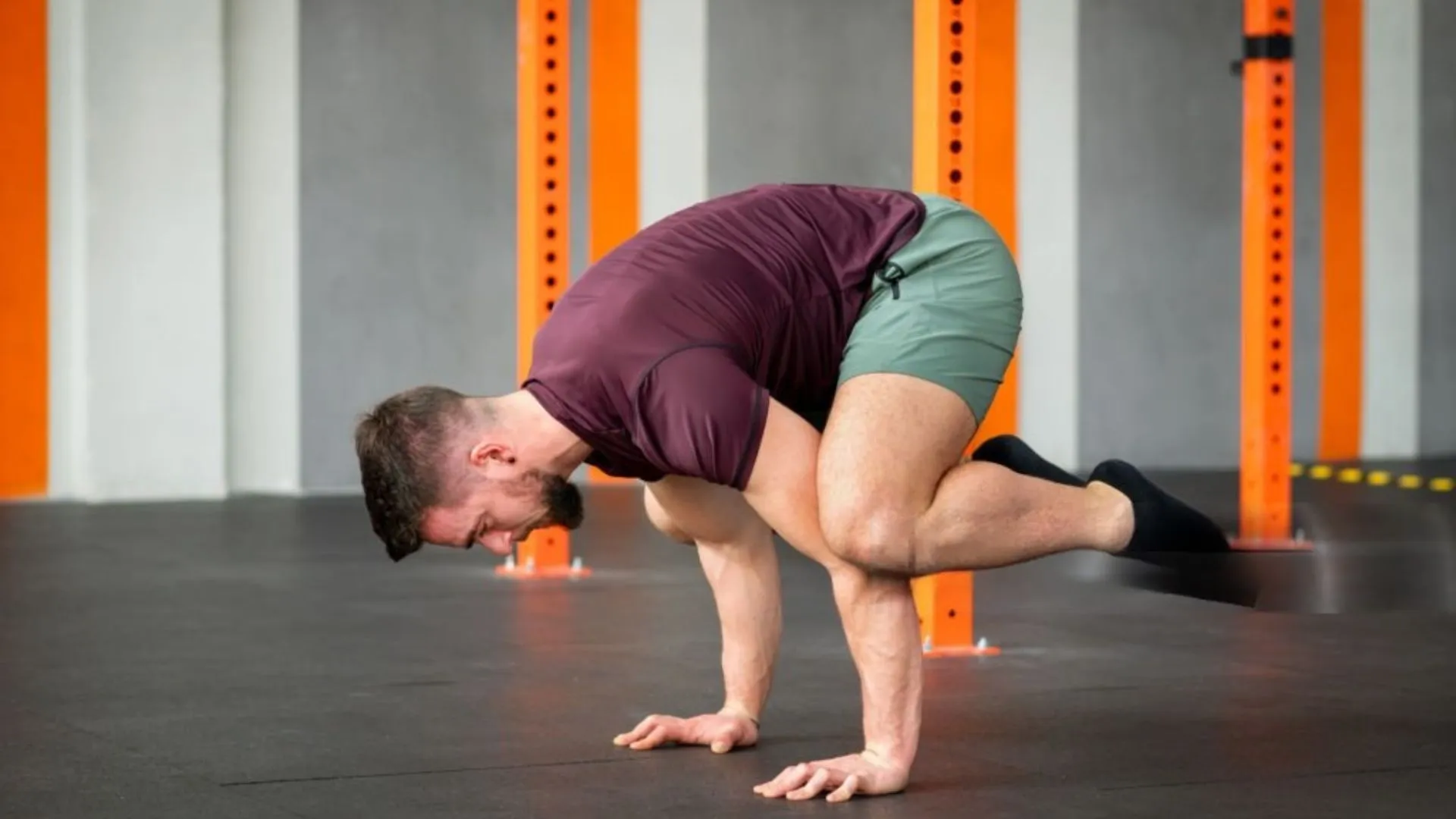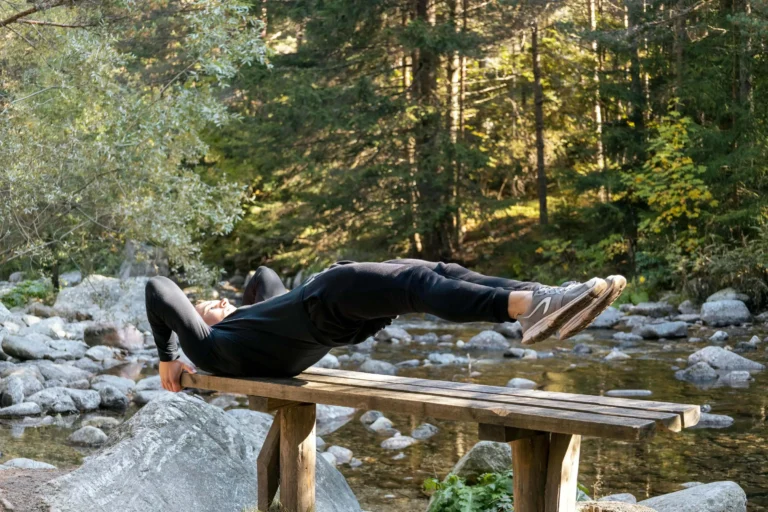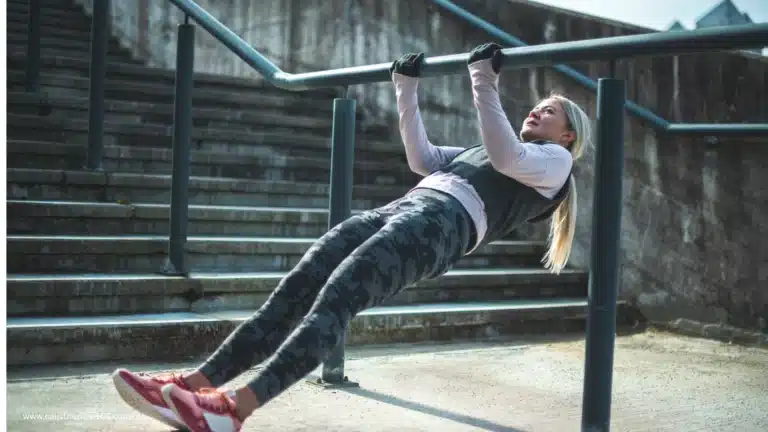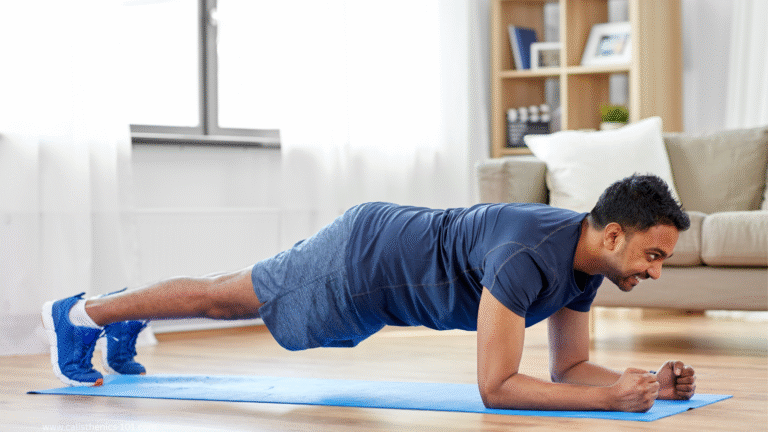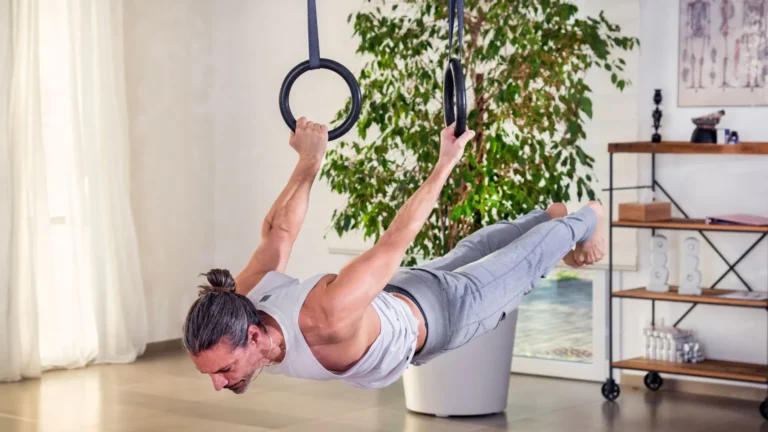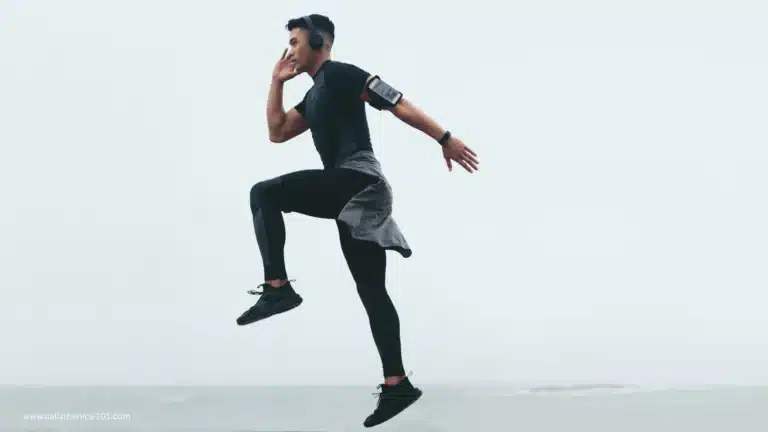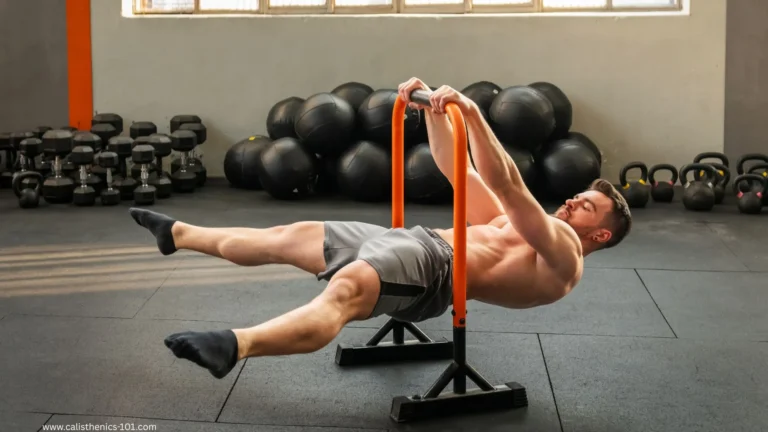Frog Stand: 5 Proven Secrets to Master This Epic Skill Fast
If you’re diving into calisthenics, you’re bound to come across the Frog Stand—a compact yet powerful skill that lays the foundation for more advanced movements. Whether you’re aiming to build better balance, boost your core strength, or simply want to impress your friends, mastering the Frog Stand is a great place to start.
But how long does it actually take to master the Frog Stand? The answer depends on several factors, including your fitness level, consistency, and approach to training. In this guide, you’ll learn everything you need to know about the Frog Stand—what it is, why it matters, how long it takes to master, and how you can get there faster.
What Is the Frog Stand?
The Frog Stand is a beginner-friendly static balance pose where your knees rest on your triceps, your hands are planted on the floor, and your feet lift off the ground. It might look simple at first glance, but it’s a test of coordination, core stability, and wrist strength.
This position acts as a stepping stone toward more complex skills like the tuck planche, crow pose in yoga, and even handstands. It’s all about learning to control your body through tension, balance, and alignment.
Muscles Worked in the Frog Stand:
- Core: Especially your transverse abdominis and lower abs.
- Shoulders: For stabilization and support.
- Triceps: To help you stay lifted.
- Forearms and Wrists: Handle most of your weight.
- Hip Flexors: Maintain leg position during the hold.
By practicing the Frog Stand, you’re not just building strength—you’re building awareness and control over your body.
Why Should You Learn the Frog Stand?
You might wonder, “Is the Frog Stand really worth my time?” Absolutely. Here’s why:
Foundational Skill in Calisthenics
- Introduces you to hand balancing.
- Prepares your joints and muscles for harder moves like the tuck planche and handstand.
- Strengthens your wrists and improves load tolerance.
Mental and Physical Benefits
- Enhances focus and coordination.
- Boosts confidence in your ability to control your own body.
- Builds mental discipline through consistent practice.
If you’re serious about calisthenics, the Frog Stand is a must-learn move.
How Long Does It Take to Master the Frog Stand?
You’re probably here for the big question: How long will it take you to master the Frog Stand? Let’s break it down.
Average Timeframes by Fitness Level
| Fitness Level | Estimated Time to Master | Notes |
|---|---|---|
| Beginner | 2–4 weeks | With consistent practice (3–4 times per week). |
| Intermediate | 1–2 weeks | If you already have decent core and wrist strength. |
| Advanced | A few days to 1 week | You likely have balancing experience. |
Factors That Influence Mastery Time:
- Core Strength: Weak core = shaky balance.
- Wrist Mobility: Limited range can cause pain or collapse.
- Balance: The more body awareness you have, the faster you’ll learn.
- Consistency: Training once a week won’t cut it.
- Body Proportions: Longer legs or heavier upper bodies may take more time to adjust.
If you’re starting from zero, don’t get discouraged. Everyone moves at their own pace—and every attempt teaches you something new.
Step-by-Step Guide to Learning the Frog Stand
You don’t need a gym or fancy equipment to learn the Frog Stand. All it takes is your body, a bit of space, and a plan.
Warm-Up & Mobility Drills
Start each session with a proper warm-up. This isn’t just to avoid injury—it preps your joints and nervous system for the movement.
- Wrist Circles: 30 seconds each direction.
- Shoulder Rolls: 10–15 reps forward and backward.
- Plank Hold: 20–30 seconds to activate your core.
- Hip Mobility Work: Think dynamic stretches like frog rocks or leg swings.
Progressions to Master the Frog Stand
Start simple and build your way up. Here’s how:
- Frog Taps: Knees on triceps, feet lightly tapping the ground.
- Static Knee Hold: Feet off the floor for a second or two.
- Timed Frog Stand: Gradually increase your hold time to 10, 20, and then 30 seconds.
- Controlled Entry and Exit: Practice getting in and out smoothly without crashing down.
Key Training Tips
- Elbows over wrists: Stack your joints for stability.
- Look ahead: Staring at the floor will throw off your balance.
- Breathe: Holding your breath creates unnecessary tension.
- Use a mirror or camera: Great for checking your form.
Take it slow. Rushing often leads to injury or frustration.
Sample Weekly Frog Stand Practice Plan
To build confidence and consistency, stick to a schedule that allows for rest and repetition.
| Day | Focus | Duration |
|---|---|---|
| Monday | Wrist mobility + progressions | 25 minutes |
| Wednesday | Core training + static holds | 30 minutes |
| Friday | Timed Frog Stands + form review | 20 minutes |
| Sunday | Optional: wrist care + flexibility work | 15 minutes |
Short, frequent sessions are more effective than long, infrequent ones. And don’t forget—rest is when your muscles rebuild.
Common Challenges and How to Fix Them
Even with perfect programming, you’ll likely hit some snags. Here’s how to deal with them.
Wrist Pain
- Solution: Incorporate wrist strengthening drills and use yoga blocks for elevation.
- Tip: Never skip the warm-up.
Falling Forward
- Solution: Keep your center of gravity low and shift your weight gradually.
- Tip: Your gaze direction matters—look slightly ahead, not down.
Can’t Lift Feet Off the Ground
- Solution: Work on core engagement and hip flexibility.
- Tip: Think about pressing the floor away from you with your hands.
Every problem has a solution—don’t let early struggles stop you.
How to Know You’ve Mastered the Frog Stand
You’re not guessing anymore. You’re holding the position. Here are the signs you’ve got it down:
- You can hold for at least 30 seconds with minimal wobbles.
- Your feet lift cleanly and stay up.
- You can transition in and out of the pose with control.
- You’re ready to try the tuck planche or crow pose without hesitation.
Once you’ve reached this point, celebrate—but don’t stop.
What Comes After the Frog Stand?
You’ve built the foundation—now level up. Consider learning:
- Tuck Planche: A harder hold that demands more core compression.
- Handstands: Your balance and wrist strength are ready.
- Crow Pose to Headstand Transitions: Popular in yoga flows.
This is just the beginning. The more you explore, the stronger and more skilled you’ll become.
Frequently Asked Questions (FAQ) About the Frog Stand
Is the Frog Stand hard to learn?
Not really. It’s one of the most beginner-friendly balance skills in calisthenics, but it does require patience and consistent effort.
How long should I hold a Frog Stand?
Aim for 10–30 seconds with control before moving on to harder progressions.
Can I learn the Frog Stand at home?
Absolutely. All you need is some open floor space and a consistent routine.
Is the Frog Stand safe for beginners?
Yes, as long as you warm up properly and avoid overtraining your wrists.
What if I can’t balance at all?
Go back to the earlier progressions and build from there. Use a pillow or mat to protect your face while building confidence.
Final Thoughts: Start Now, Progress Daily
Mastering the Frog Stand isn’t just about building strength or balance—it’s about proving to yourself that you can control your body in space. No gym, no gear, just you and your determination.
You now know what it takes, how long it might take, and exactly how to do it. The only thing left is to start.
So, what are you waiting for? Practice today, stay consistent, and soon you’ll be holding that Frog Stand like a pro.
Ready for the next step?

